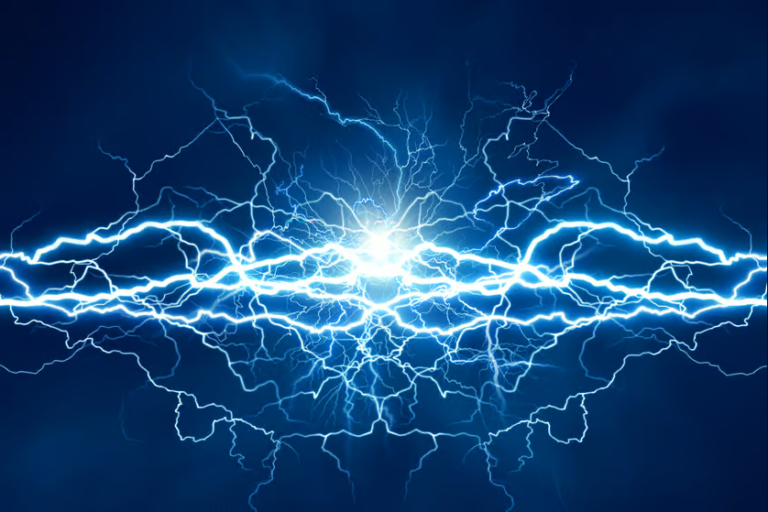A material’s conductivity has been increased by a billion percent thanks to a new quantum state.
A new quantum state has been uncovered in an unusual material by researchers at Georgia Tech. Unlike any other known phenomenon, applying a magnetic field to the material resulted in a billion-fold increase in its electrical conductivity, a property known as magnetoresistance. While certain materials are already known to display magnetoresistance, the extent to which the material in the study displayed it was unprecedented, indicating colossal magnetoresistance.
The material studied by scientists at Georgia Tech is a peculiar alloy made up of manganese, silicon, and tellurium. It has a distinctive octagonal cell structure that is arranged in a honeycomb pattern and stacked in sheets. Normally, the electrons in this material move haphazardly around the periphery of the octagons, resulting in a bottleneck effect when no magnetic field is present, effectively rendering the material an insulator.

However, when a magnetic field is applied, the electrons move in a specific direction, enabling them to flow freely and generate an electrical current. As a result, the material becomes an excellent conductor, exhibiting a colossal magnetoresistance that boosts its conductivity by seven orders of magnitude, or one billion percent.
One of the most fascinating aspects of this discovery is that the magnetic field must be applied perpendicular to the material’s surface to activate the switch. Unlike other materials that exhibit magnetoresistance, the angle at which the magnetic field is applied has no bearing on the intensity of the effect. According to Itamar Kimchi, one of the study’s authors, this phenomenon contradicts all existing theoretical models and experimental evidence.
Furthermore, the team discovered that the switch can also be activated by applying an electrical current, albeit at a slower pace, taking a few seconds or minutes to complete the transition.
According to the team, the second version of the switch triggered by an electrical current may have more immediate applications in quantum devices like computers, sensors, and communication systems. However, further research is necessary to comprehend this new quantum state better and explore other materials that might exhibit similar behavior before practical use.
The research was published in the journal Nature.




0 Comments